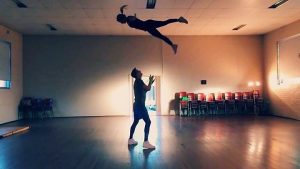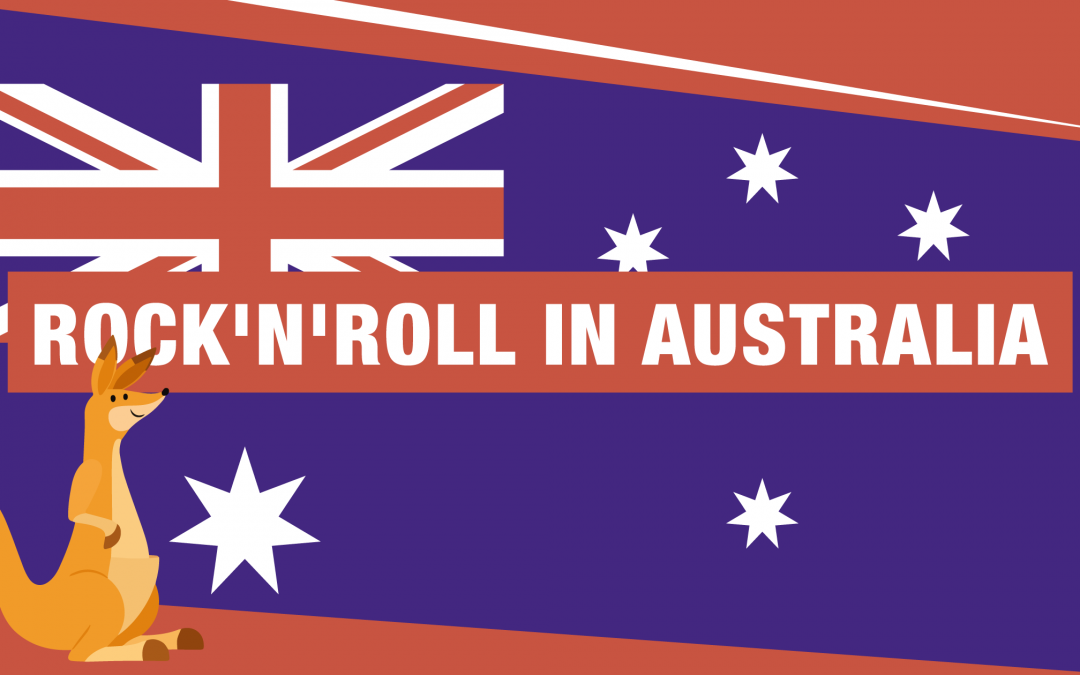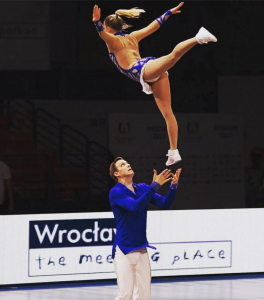It’s unrealistic to expect to understand the unique experience of developing a brand new sport for the whole country. Nevertheless we made a try. Read the interview with Megan Bolton and get inspired by the history of developing Rock’n’Roll in Australia

1. What’s it like: to develop a brand new sport for the whole country?
It a huge challenge with many obstacles!
In Australia, most students grow up playing sports (e.g. Rugby, Cricket, Netball, Swimming, Soccer, Football, AFL) these sports have the majority of children and youth currently.
The students that are not playing sports typically learn gymnastics or dancing (Jazz, Tap, Ballet, Hip hop) which should in theory be perfect to build a new sport like ARnR. However it has proven very difficult to start a new sports culture and compete against these two dominant youth activities.
FYI: The most popular activity for children was swimming, with just under 1.7 million children aged 0–14 (34%) participating in organised swimming activities at least once in 2018. After swimming, the most popular organised activities for children were:
- football/soccer (700,000, or 15%)
- recreational dancing, (485,000, or 10%)
- gymnastics (484,000, or 10%)
- Australian rules football (390,000, or 8.1%) (ASC 2019)
We find that schools are less open to trying new things.
It is also challenging to find the resources required to build a sport. The people currently involved all have full time jobs and need to dedicate time to those professions first so they can live. This means that the little time that is free is spent trying to contact schools or clubs, run classes, arrange demonstrations. All of these take considerable time and are not mutually beneficial. Therefore, when training for a presentation time, it is not spent following up or calling schools. I’m sure every country has gone through this process.
2. How do you promote Acrobatic Rock’n’Roll in Australia?
Through my current business – a sports and performing arts school.
Social media
Exposure via additional RnR sessions to other acrobatics workshops held by my school.
We have offered the program to other dance schools as well as primary and high schools – so far unsuccessfully.
We are looking to start a new marketing plan to revisit primary schools that we have contacted in the past.
3. Does the fact that all the international competitions are held on the other continent prevent from taking part in them?
Currently, absolutely due to Covid.
Also, the cost of travel is a lot to ask of athletes, families, teachers.
The time required to travel (24hrs) is much longer and so more difficult to incorporate multiple comps per year. This is combined with the time off for competitions (travel time 24 hours, time to get body used to the new time zone 24 – 48 hours, competition time 24 hours, travel time 24 hours. Total time required for a 1 day competition is 5 days minimum) This requires people to take leave off work, miss school, be away from families etc.
The ability to attract dancers to a new sport that is not a social sport and not have competitions locally is a huge deterrent.
4. What main difficulties do you face? What helps cope with them?
Difficulty: Competition with gymnastics and dance disciplines. Coping mechanism: My school offers other disciplines that derive from gymnastics and dance including ARnR. My influence and reputation in the circus and dance industry has allowed for me to meet incredibly talented students.
Difficulty: Financially to run classes. Coping mechanism: we subsidise the program through other acro classes that are offered at my school.
Difficulty: A lot of time is required to market and follow through with sales programs. It’s overwhelming to do whilst also building my performing arts school. Coping mechanism: currently forming a team to start a reach out and marketing program.
Difficulty: Australia’s experience in the sport is limited and so we need to up-skill as much as possible. Coping mechanism: We get support from our Hungarian Coaches Katia and Miklos and have in the past travelled to Inter-rock to up-skill teachers.
Difficulty: Finding MALE BASES/DANCERS!!! Coping mechanism: If you have any who wants to move to Australia, let me know!

5. What would you recommend to the people who are going to develop Acrobatic Rock’n’Roll in their countries?
Find passionate people to help create a team to build the sport!
Be patient, committed, passionate, resilient and remember the goal.



